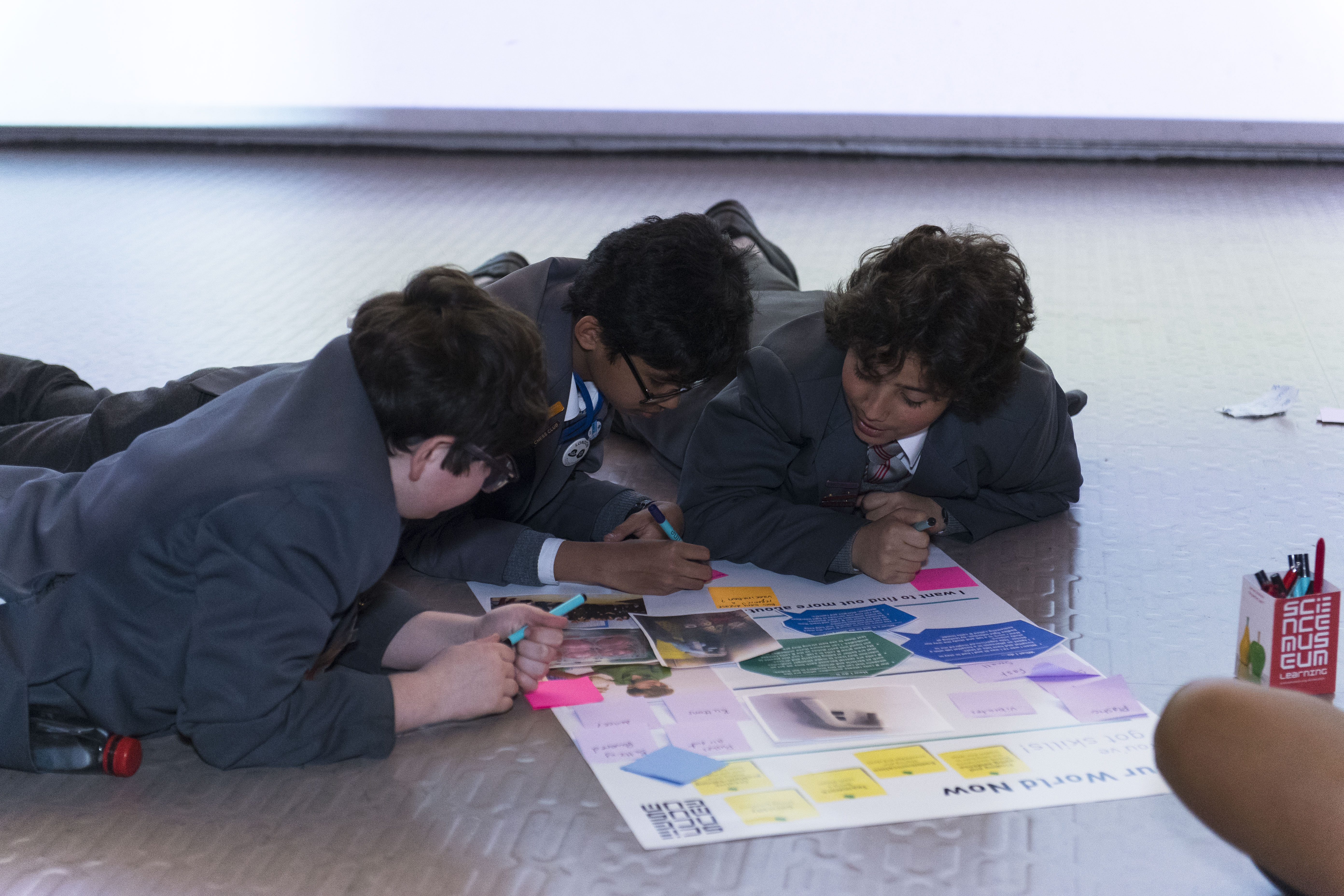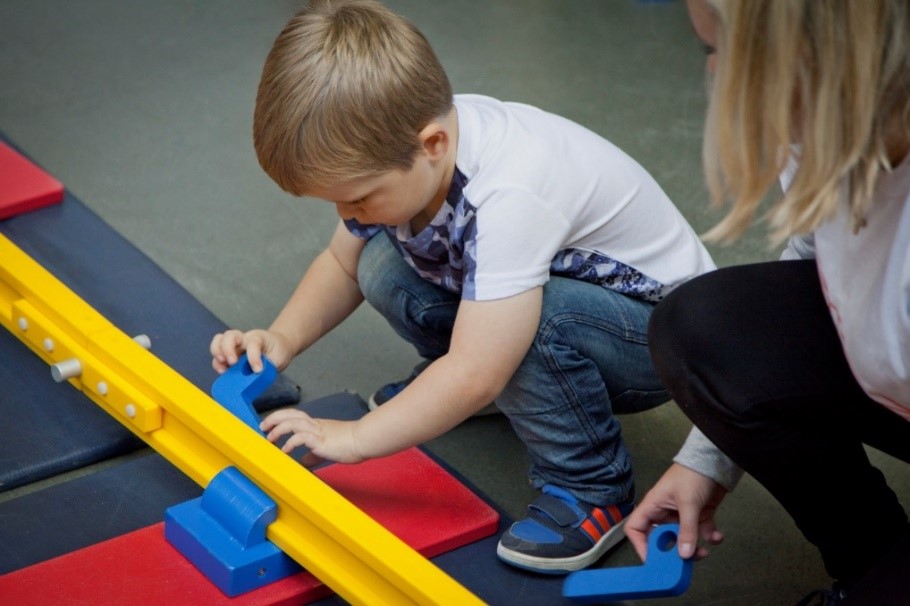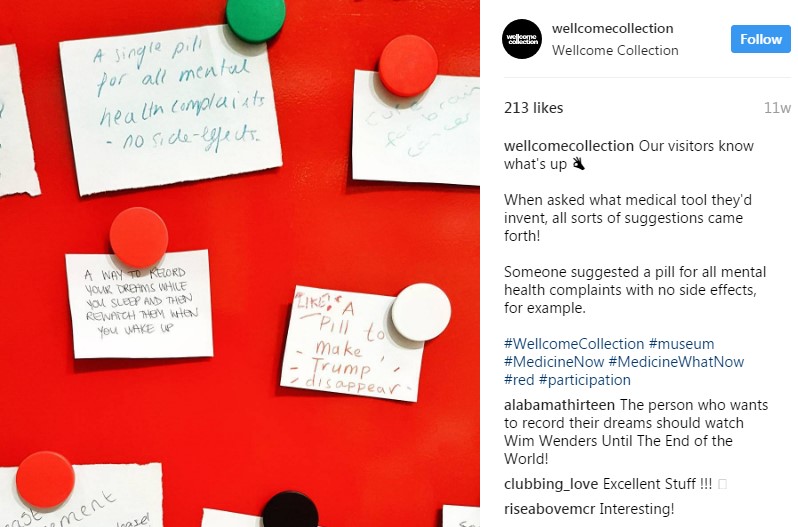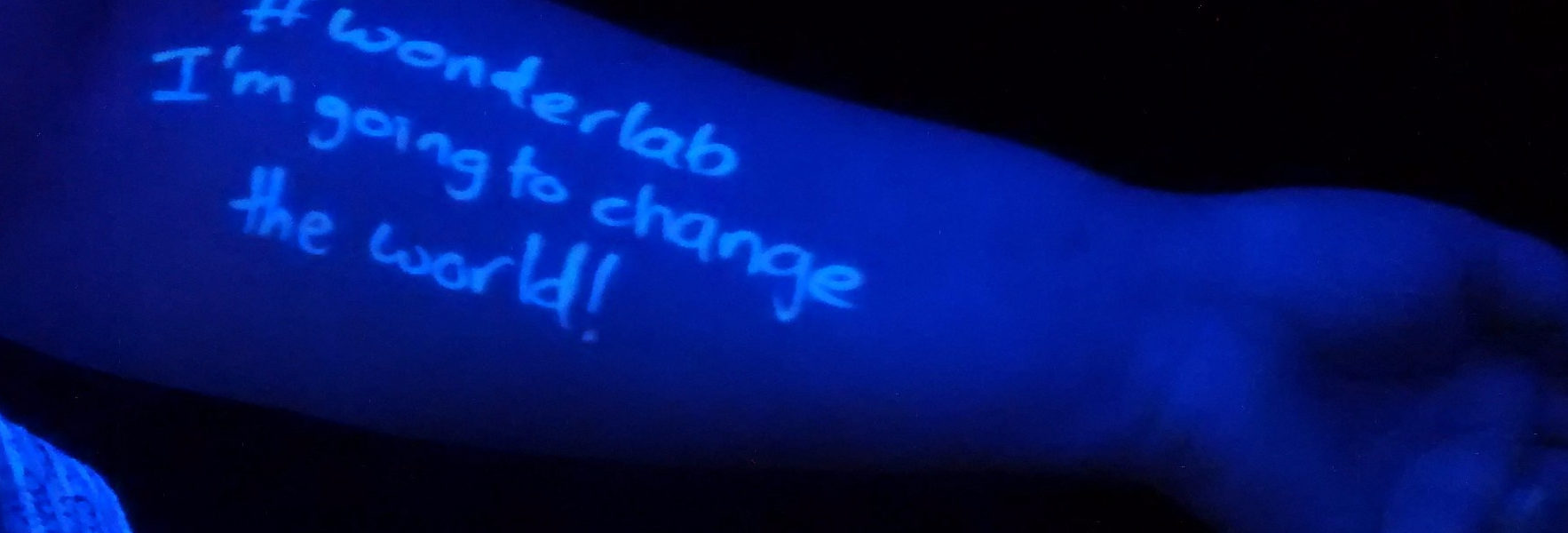STEM subjects are commonly perceived as being suited to only the very ‘brainy’ – a view often shared by both young people and their parents. In some recent research with families who are infrequent visitors to museums, we asked the adults to describe their feelings about science in three words and their responses were typically:
Difficult… complicated… nerdy… just for clever people…
Perhaps unsurprisingly, this perception of science is difficult to identify with and discourages many visitors from engaging with STEM related experiences.
One of the ways we have been trying to address this is through positive reinforcement. By telling all our visitors (adults and children alike) that they are being scientific or thinking like an engineer, we hope to build their self-efficacy around STEM and leave them with the feeling that ‘I can do that’. Being told you are good at something spurs you on and positive reinforcement may help to convince our visitors that science could be ‘their thing’ after all.
Using the science engagement reflection tool to look at our work with fresh eyes, we have found a variety of opportunities to include positive reinforcement, for example:
Workshops
At the Science Museum, we looked at the script for a workshop, called Your World Now, being delivered as part of the Building Bridges project. During the workshop students meet a research scientist and find out about their work. They create a poster about their findings, including any further questions they have about the research topic. The scientist helps to facilitate the session and is encouraged to highlight some of the students’ questions. To make the most of this opportunity to value students’ contributions and boost their confidence in their own abilities, we included some prompts in the script:
Scientists are curious about how things work too. We’re always asking questions and you’ve come up with some really interesting ones…
We don’t have an answer to that yet. There’s lots of exciting things for us to still discover and you can be part of it…
Telling students that they are thinking like scientists helps them feel more confident talking about science and sharing their opinions. Highlighting the questions that we are still trying to solve also helps students see that science is not a done deal, but an exciting ongoing process that they can be part of.

The science engagement reflection tool has helped us spot where even small tweaks can have a big impact. For example, at the National Railway Museum we have a workshop, called Train for the Tracks, where students work in teams to find out how the different parts of a railway track fit together. We used to finish the workshop by saying:
Well done, you would make excellent track layers!
Here was an opportunity to increase students’ confidence with engineering beyond this particular activity. To help students recognise times they’d behaved like engineers in other, more familiar contexts, we changed the script to:
Well done! Working together to solve problems is what engineers do too.
Rewarding students for using their engineering skills, rather than taking part, builds their self-efficacy and leaves them thinking ‘I can do that’.

Examples from our friends
The Wellcome Collection invites visitors to share their responses to exhibitions or topical science stories. They use social media to turn visitor feedback into a dialogue that encourages others to join in. Instagram posts captioned ‘Our visitors know what’s up’, validate visitors’ ideas and shows that you don’t have to be an expert to have an opinion about science.

Positive reinforcement boosts visitors’ confidence and attitudes towards STEM and there are many small ways we can all include it in our practice. We have found that activities involving audience participation or volunteers naturally lend themselves to positive reinforcement. Instead of just thanking people for taking part, for example, we can use these opportunities to reward scientific knowledge, behaviour and skills. From valuing the STEM experiences visitors bring to the table to inviting people to share their opinions on STEM, there’s a multitude of other ways to include positive reinforcement and help visitors feel more confident doing, talking about and engaging with STEM.
How do you help visitors to leave with the feeling ‘yes – I can do that’, I am a science-y person?
Laura Bootland, Learning Resources Coordinator (National Railway Museum, York)
